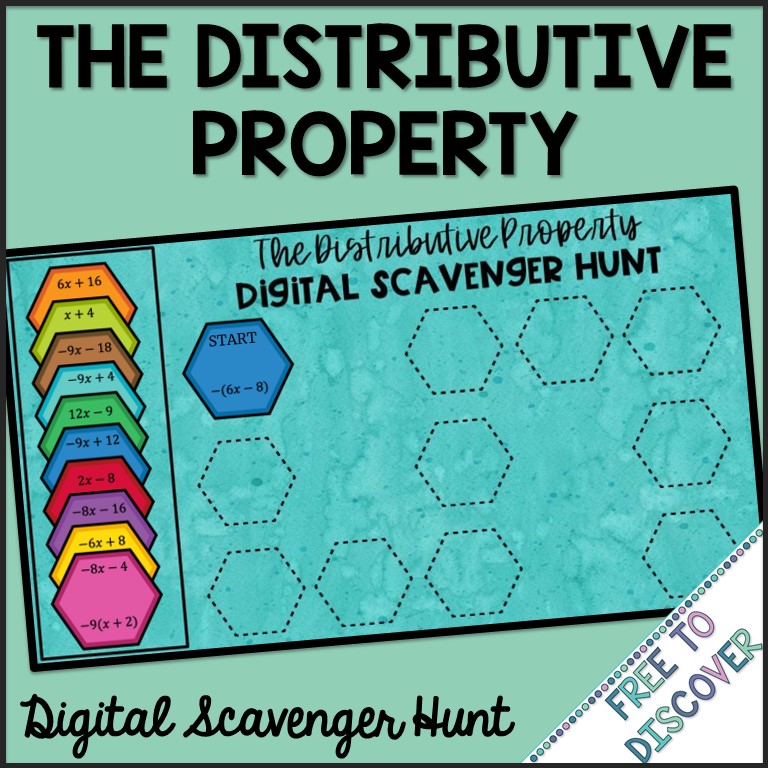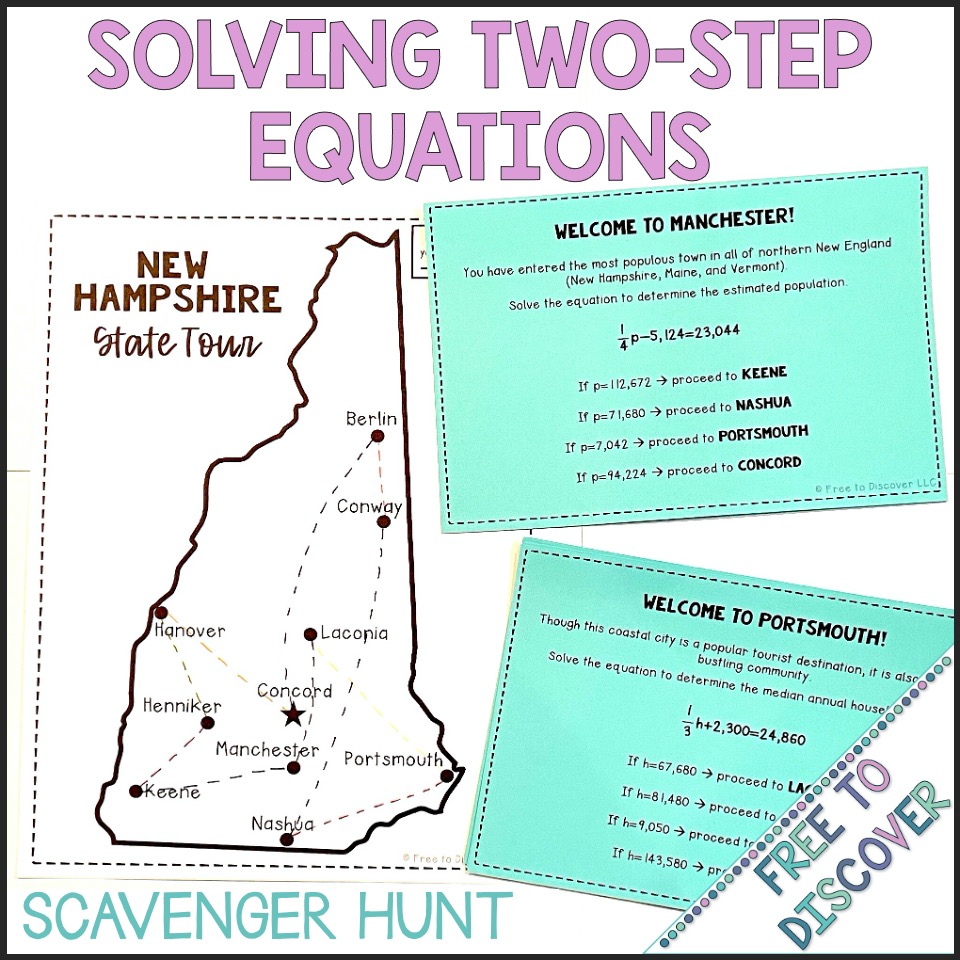
4 Frameworks for Scavenger Hunts
Do your math practice activities have students saying things like...?
“This was fun!”
“Let’s do more practice like this!”
“This was favorite activity so far this year!”
Well, they can! Utilize math scavenger hunt practice activities. In this post, I’ll share 4 frameworks for math scavenger hunts.
AROUND THE ROOM
In this format, one practice problem is written on each station. The answer to the problem can be found at the top of another station. Students move around the classroom solving one problem at a time in a specific order. Around the room scavenger hunts increase classroom engagement and participation. Aligned with brain-based learning research, the movement involved in this type of activity increases understanding and retention. Try it out with this free Order of Operations Scavenger Hunt! I love these clipboards I got from Amazon. (Disclosure: This is an affiliate link. As an Amazon Associate, we may receive a commission from Amazon at no additional cost to you.)
DIGITAL
Created to accommodate remote learners, digital scavenger hunts are perfect for both at-home and in-class practice. Instead of moving around a classroom, they drag-n-drop digital cards in a particular order. These self-checking activities can only be completed in one specific order, so if students hit a roadblock, they know they need to regroup and check over their previously completed problems. Digital scavenger hunts foster independence and technological proficiency.
SEATED
Designed in response to a small classroom space, students sit at their desks as they cut and paste the practice tasks. Students who are tactile, hands-on learners will enjoy being able to pick up and move around the station cards. Students can arrange all of the cards before gluing them down on paper in order to confidently take risks and complete the assignment. You can access a free template here.
INTERDISCIPLINARY
State tour scavenger hunts are so fun! Students travel around the classroom learning all about a particular state as they solve math problems. Each completed problem sends students to another city within the state. They keep track of their travel route on an accurate state map. Your students will love learning about American cities while practicing math skills!
So which will you try next? Around the room, digital, seated, or interdisciplinary? Make a plan and let me know how it goes!
Join the Free to Discover community!
When you subscribe, you'll access our FREE monthly newsletter for secondary math students!





